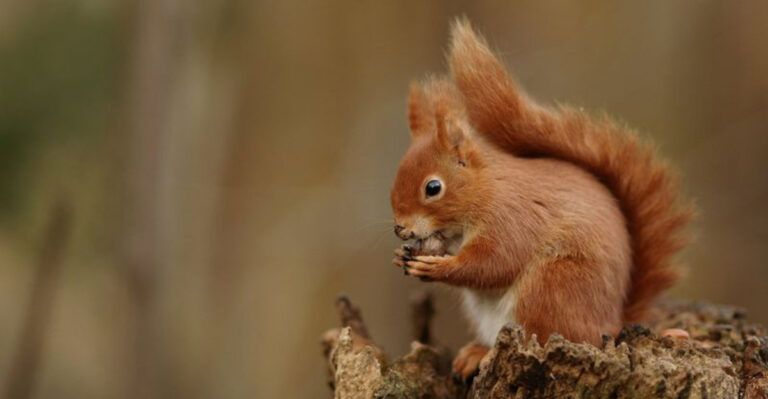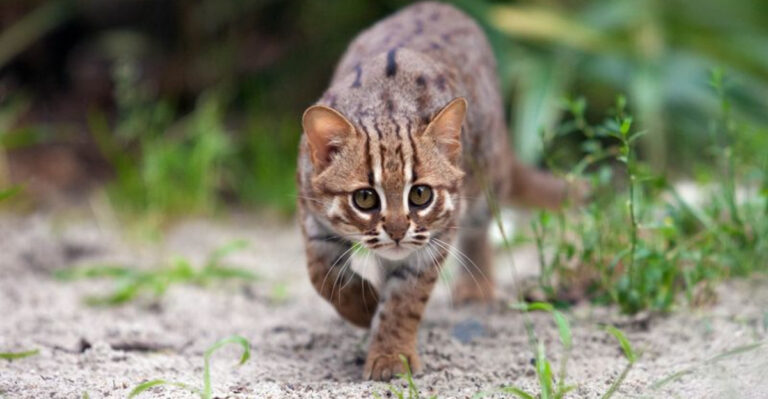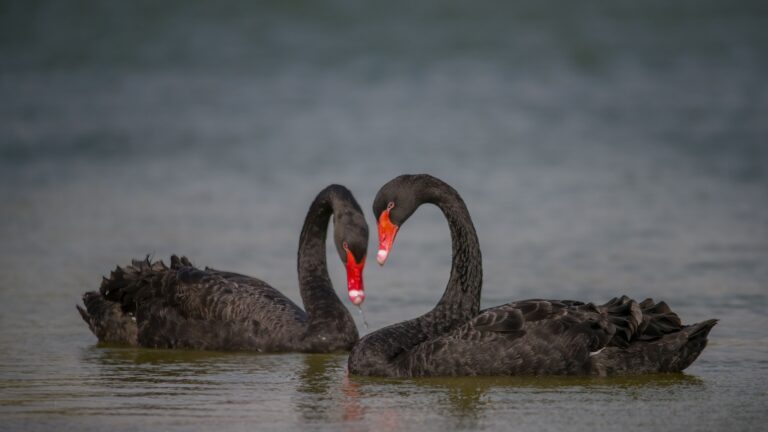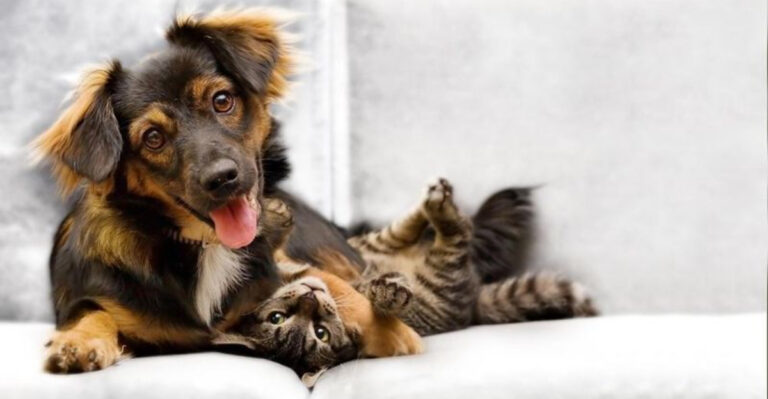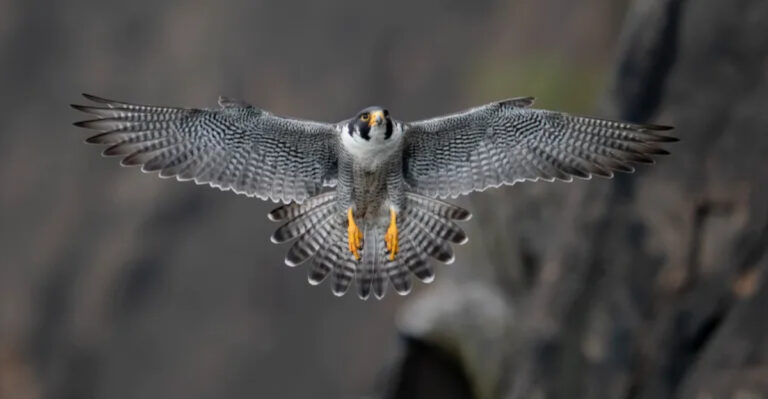Why Horses Run In Herds – Exploring The Science Of Their Social Bonds
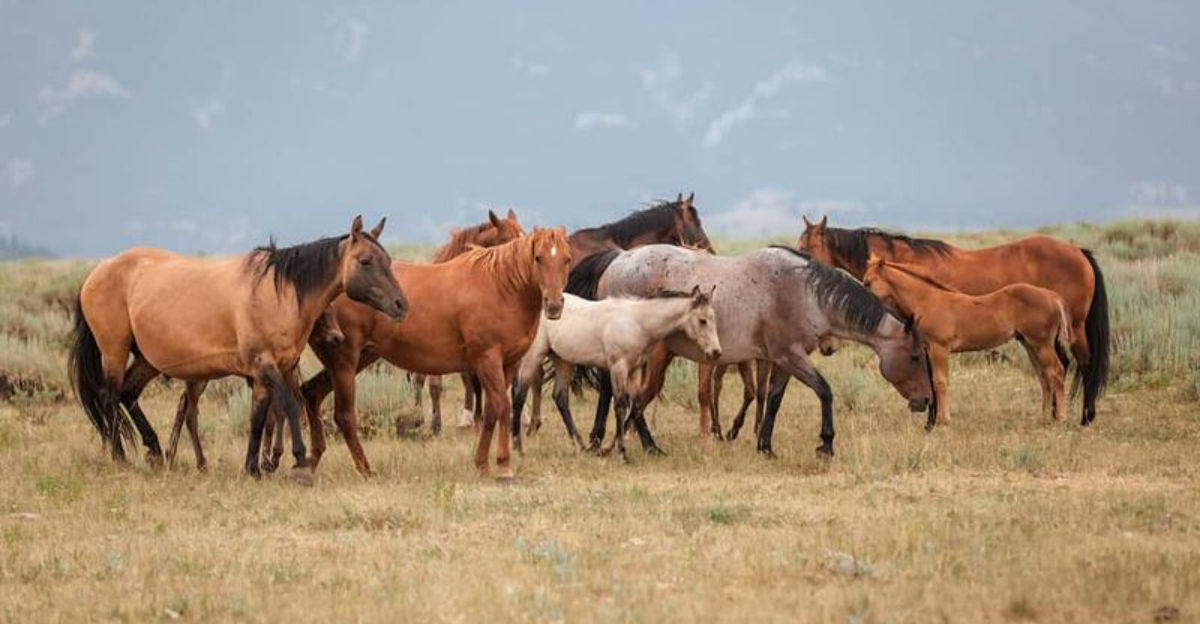
Ever noticed how wild horses always stick together? This isn’t just a coincidence – it’s deeply rooted in their survival instincts and social nature.
From the windswept plains of Mongolia to America’s mustang territories, horses naturally form tight-knit communities that benefit every member. Their herd behavior reveals fascinating insights about these majestic animals and their remarkable intelligence.
1. Safety In Numbers
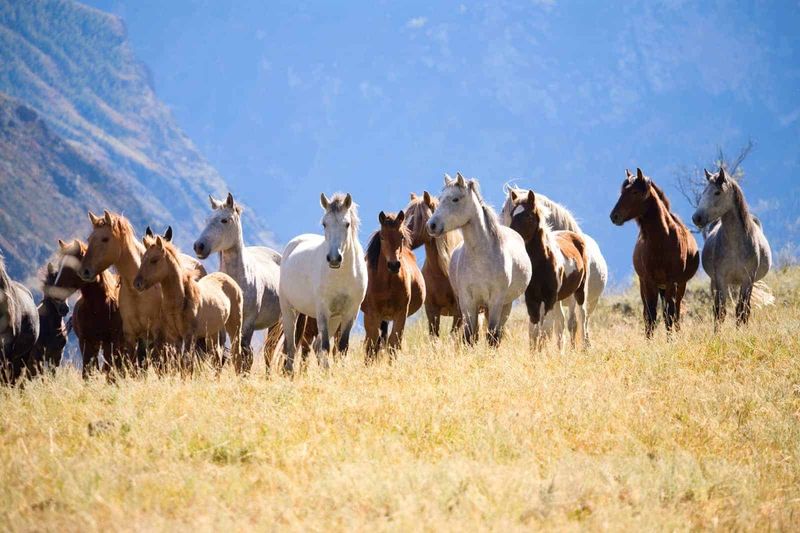
Imagine being a lone zebra in lion country – terrifying, right? Horses face similar threats. By sticking together, they create multiple sets of eyes, ears, and noses to detect predators.
The herd’s collective vigilance means danger gets spotted faster than any single horse could manage alone. This natural security system has helped horses survive for millions of years!
2. The Watchful Leader
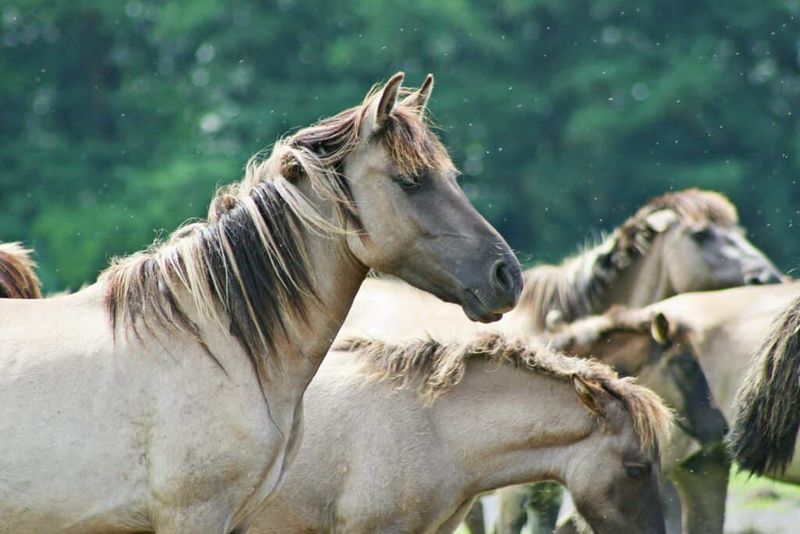
At the head of most horse herds stands a seasoned mare, not the muscular stallion as many believe. These lead mares make crucial decisions about where the group travels, eats, and drinks.
Scientists have found these female leaders are typically older, experienced horses with proven judgment. The stallion usually protects from the rear, keeping stragglers safe from predators.
3. Built-In Babysitters
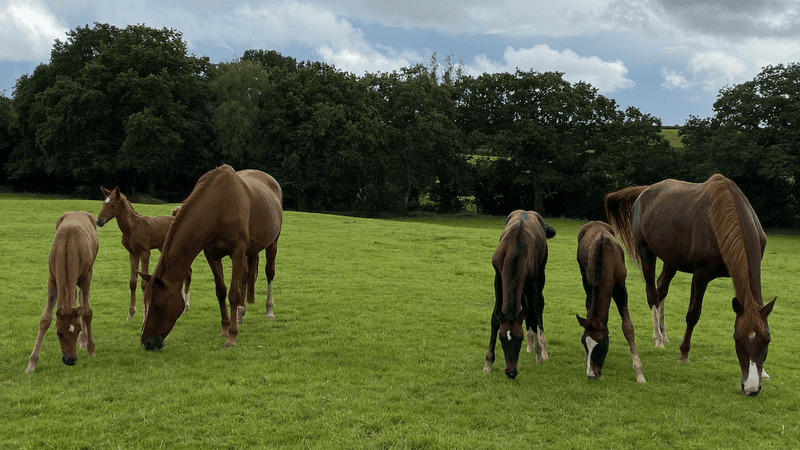
Baby horses benefit tremendously from herd living! Young foals often gather in playgroups supervised by a few adult mares while other mothers graze or rest.
This cooperative childcare system lets mothers take breaks while ensuring their babies remain protected. The arrangement also helps foals develop crucial social skills through play with peers their own age.
4. Friendship Bonds That Last
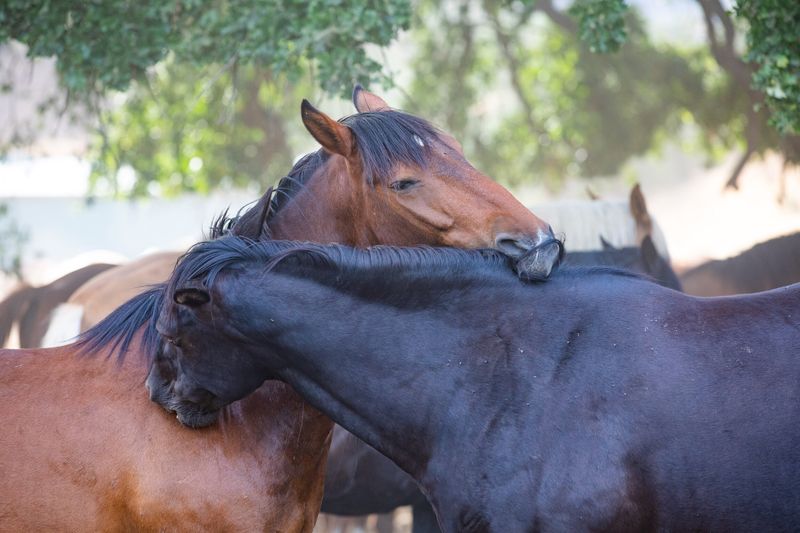
Horses form BFF-style friendships that would make any middle-schooler jealous! Studies show these animals develop specific preferences for certain herdmates, often grooming and standing beside the same partners for years.
These special bonds can last a lifetime. When separated from their friends, horses often display signs of stress and anxiety until reunited.
5. Weather Protection Squad
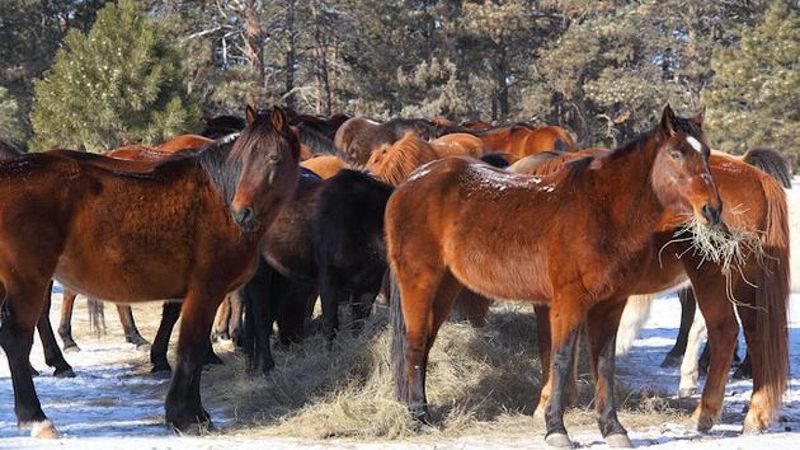
When nasty weather strikes, horses instinctively huddle together. During winter storms, they’ll stand rear-to-wind in tight formations, sharing body heat while protecting faces from biting cold.
In summer heat, they might cluster under shade trees, using their tails to swish flies away from each other’s faces. This teamwork approach to weather challenges significantly improves survival odds.
6. The Stress-Busting Effect
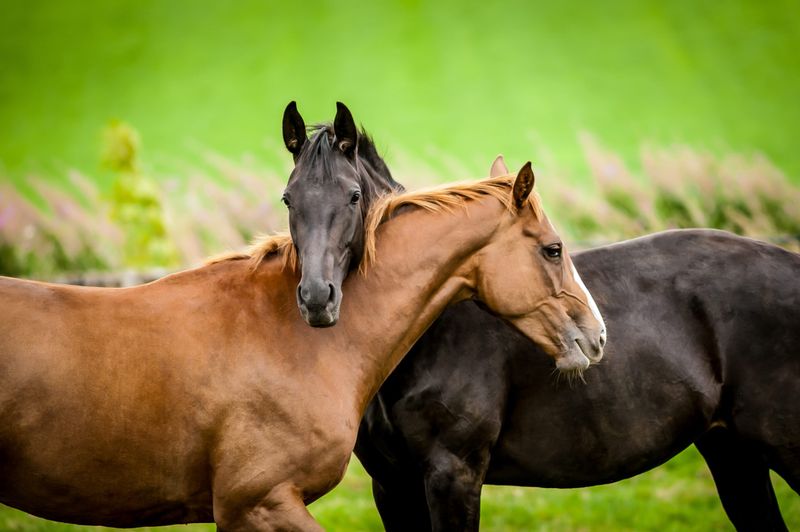
Solitary horses show measurably higher stress hormones than those living in groups. When researchers test cortisol levels (the body’s stress chemical), isolated horses consistently show concerning spikes.
The comfort of companions literally changes horse biology! Even in domestic settings, horses kept with at least one buddy display healthier behavior, better appetite, and fewer stereotypical stress movements.
7. Knowledge Transfer Network
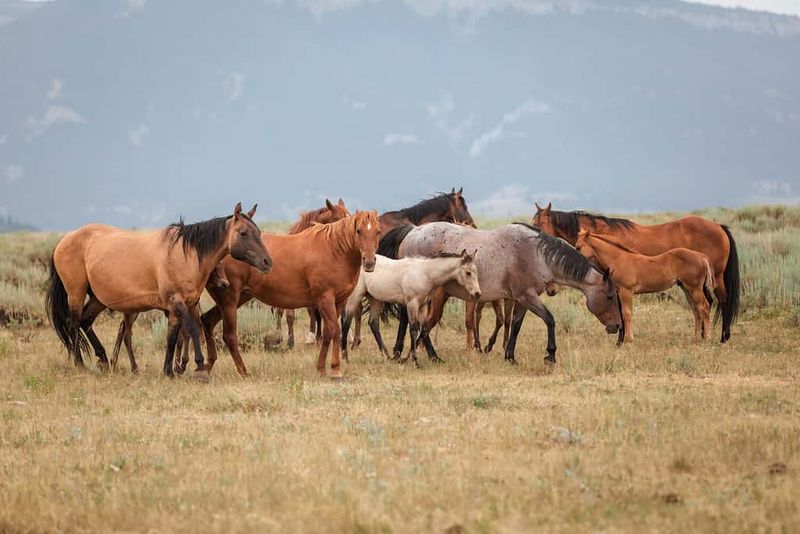
Herds function as living libraries of survival knowledge! Young horses learn critical skills by watching experienced members – which plants are safe to eat, where reliable water sources exist, and how to cross difficult terrain.
This information passes down through generations without formal teaching. Researchers have documented orphaned foals struggling with basic survival skills that herd-raised babies master easily.
8. Synchronized Movement Masters
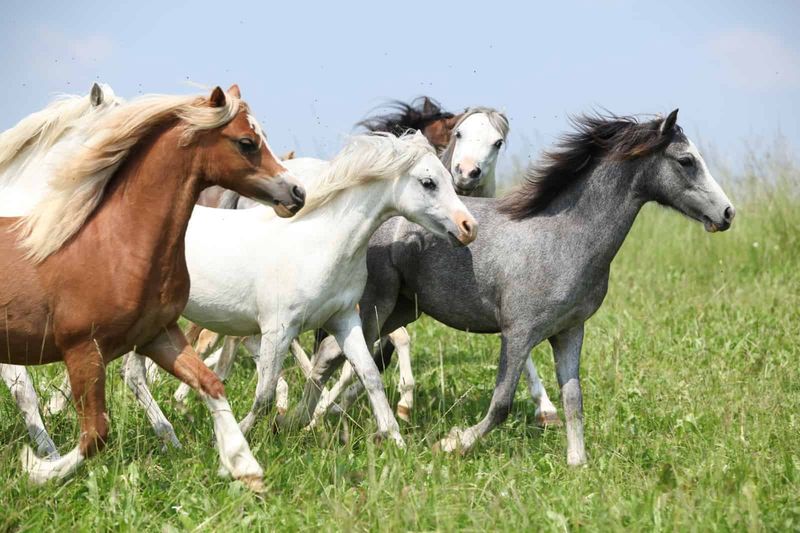
Watch a startled horse herd run and you’ll witness nature’s most impressive choreography! The entire group can change direction simultaneously, like a school of fish, without collisions.
This remarkable coordination happens through subtle body language cues and peripheral vision. Scientists believe this synchronization evolved as an anti-predator strategy – making it nearly impossible for predators to target individuals.
9. Communication Beyond Words
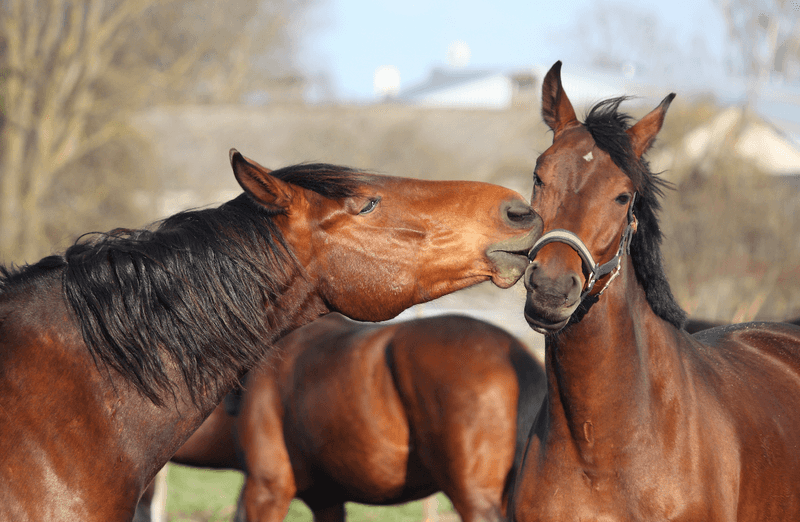
Horses have developed an intricate silent language within their herds. Ear positions, tail movements, and subtle body shifts convey complex messages instantly understood by other horses.
A slight nostril flare might signal danger, while a specific head position could indicate submission. This sophisticated non-verbal system allows herds to coordinate activities and maintain social harmony without making noise.
10. Grieving Process Revealed
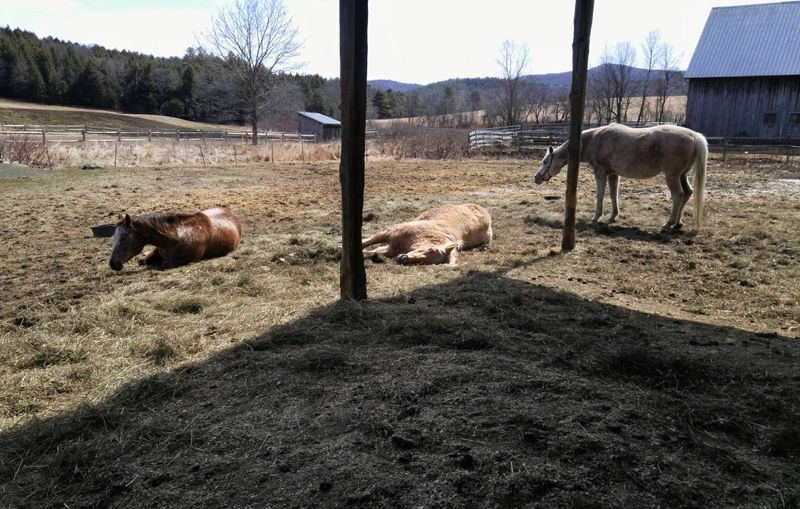
When herd members pass away, surviving horses often display recognizable grief behaviors. They may stand guard over fallen companions, refuse to leave the area, or become temporarily withdrawn from normal activities.
Long-bonded pairs show particularly strong responses to separation. This emotional awareness highlights the depth of horse social connections and suggests complex emotional lives we’re only beginning to understand.
11. The Healing Circle
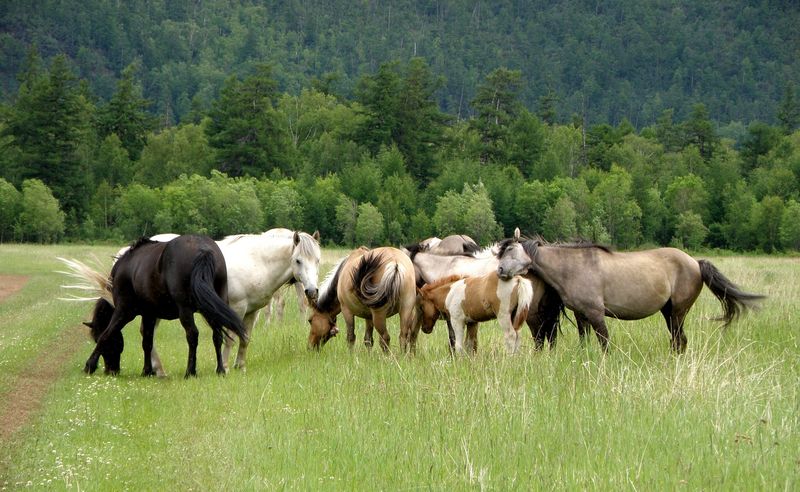
Injured horses receive remarkable support from their herdmates. Healthy horses often position themselves protectively around wounded companions, creating a living shield against predators.
Some observations show herd members bringing food and water to injured friends! This cooperative care system dramatically improves recovery chances in the wild, demonstrating the profound survival advantage of herd living.

